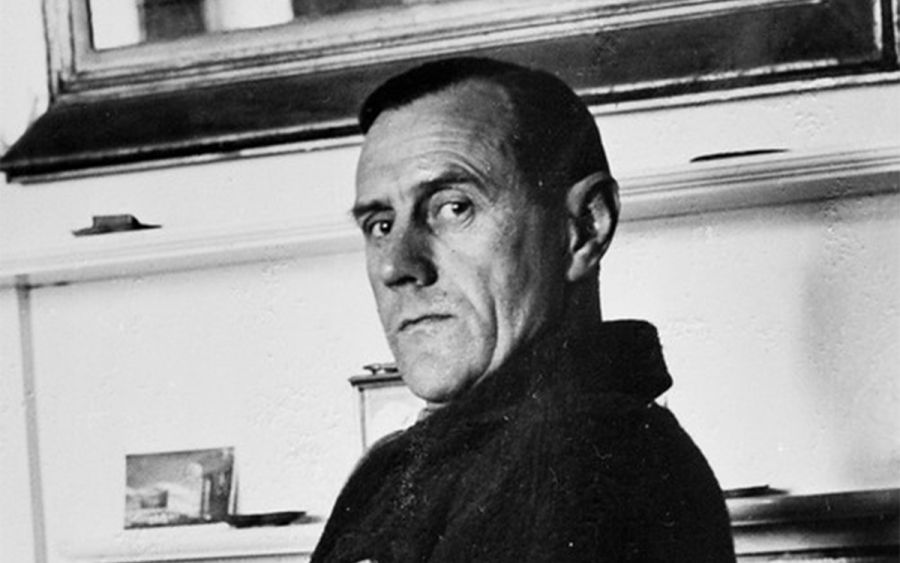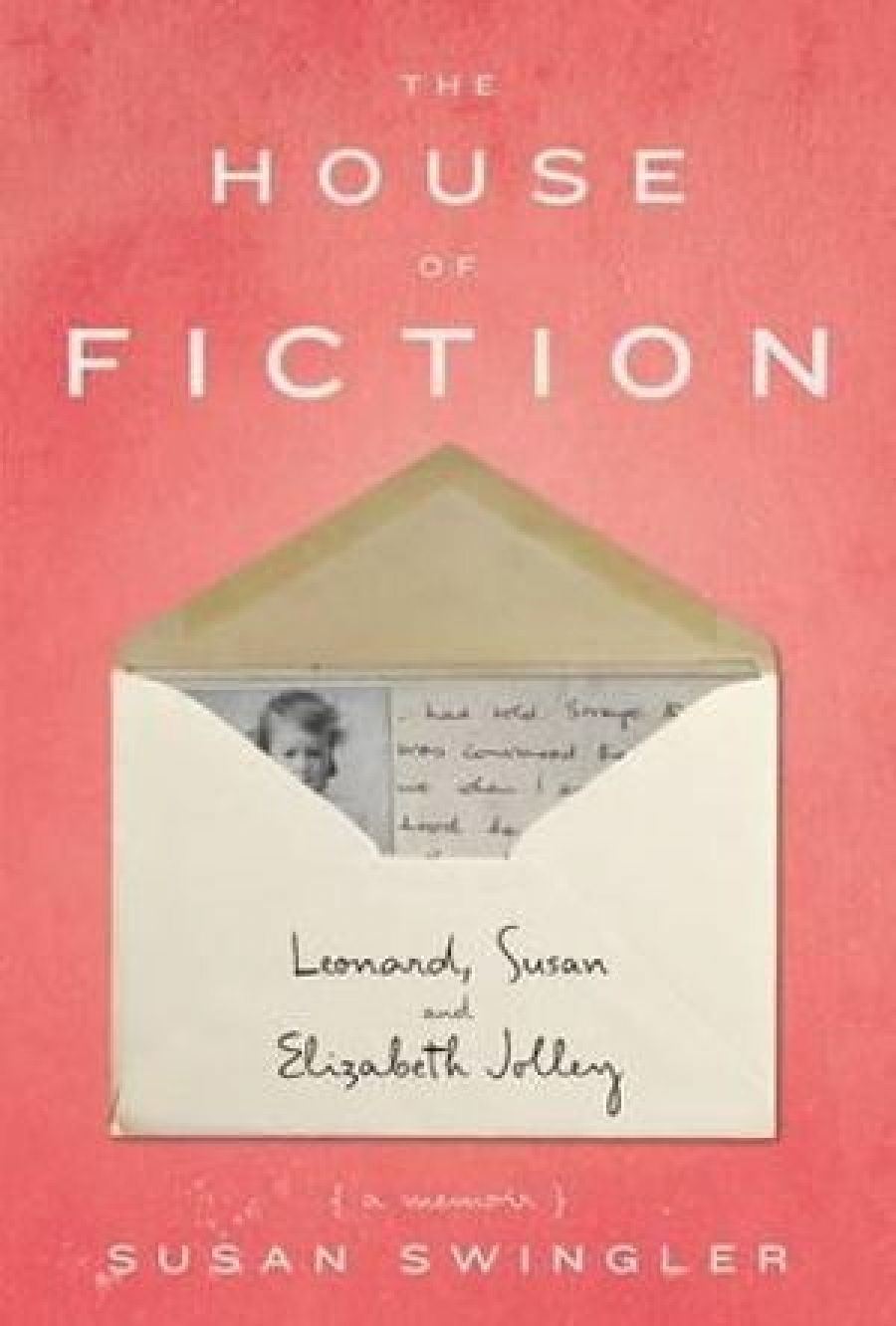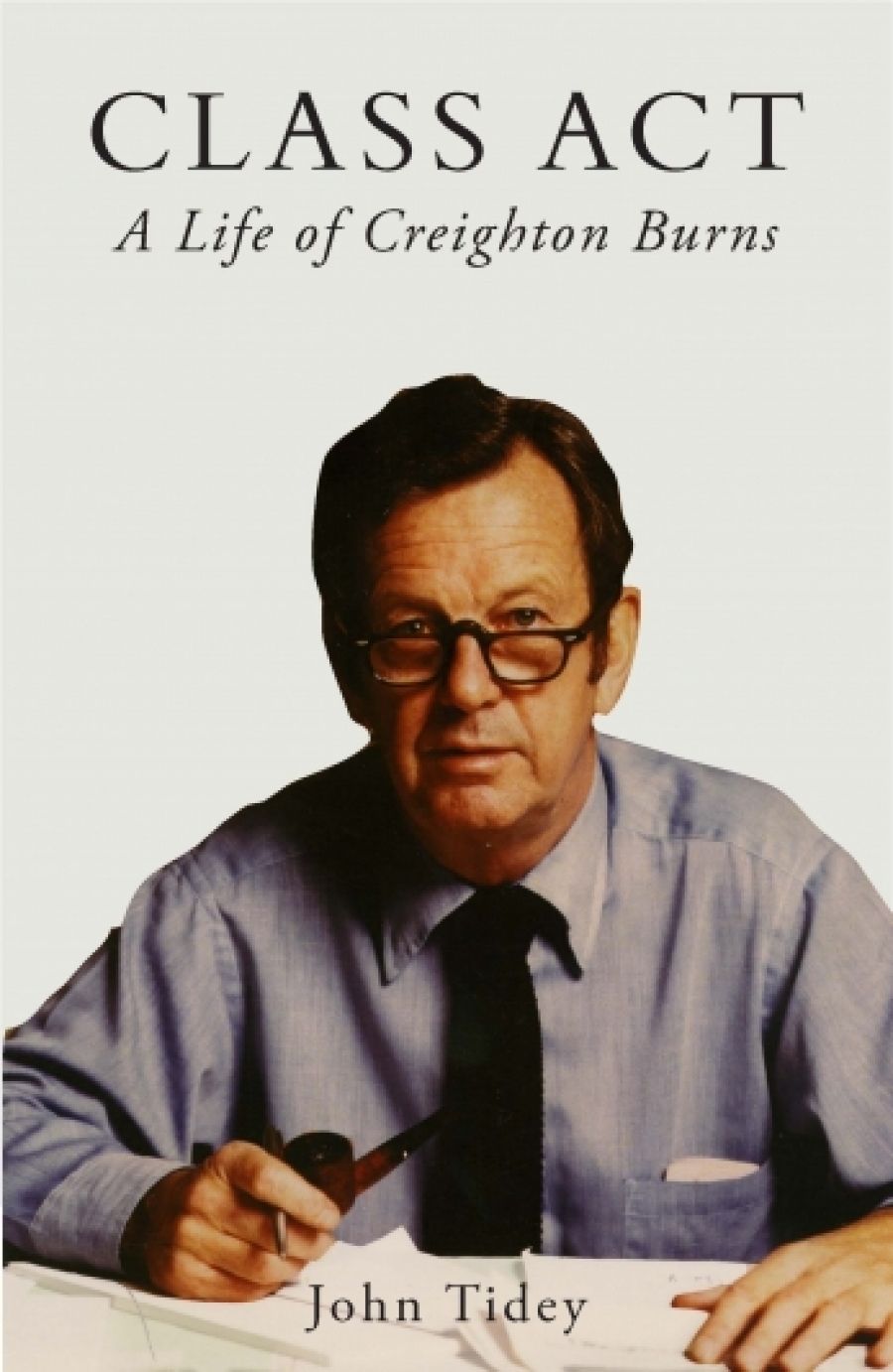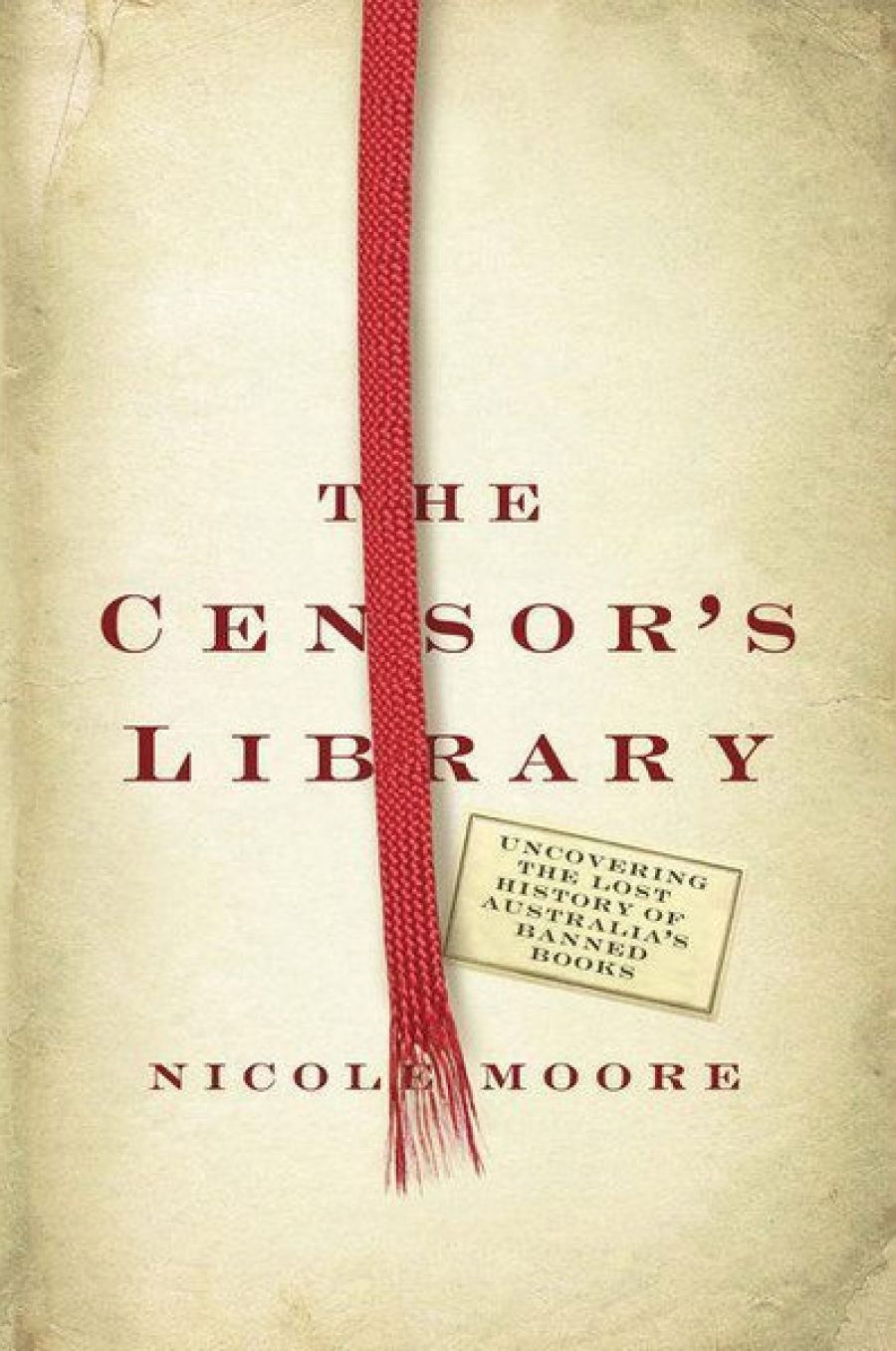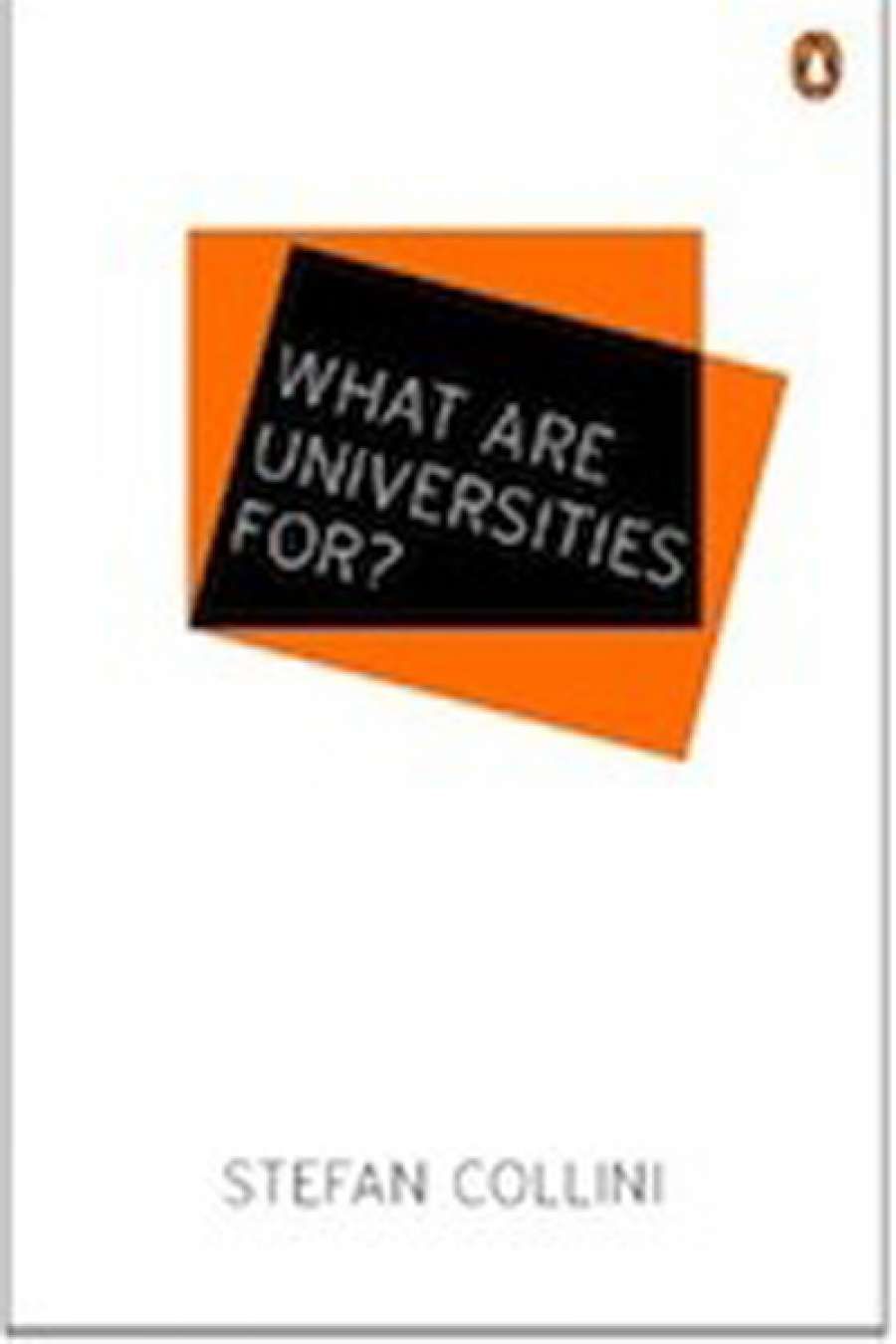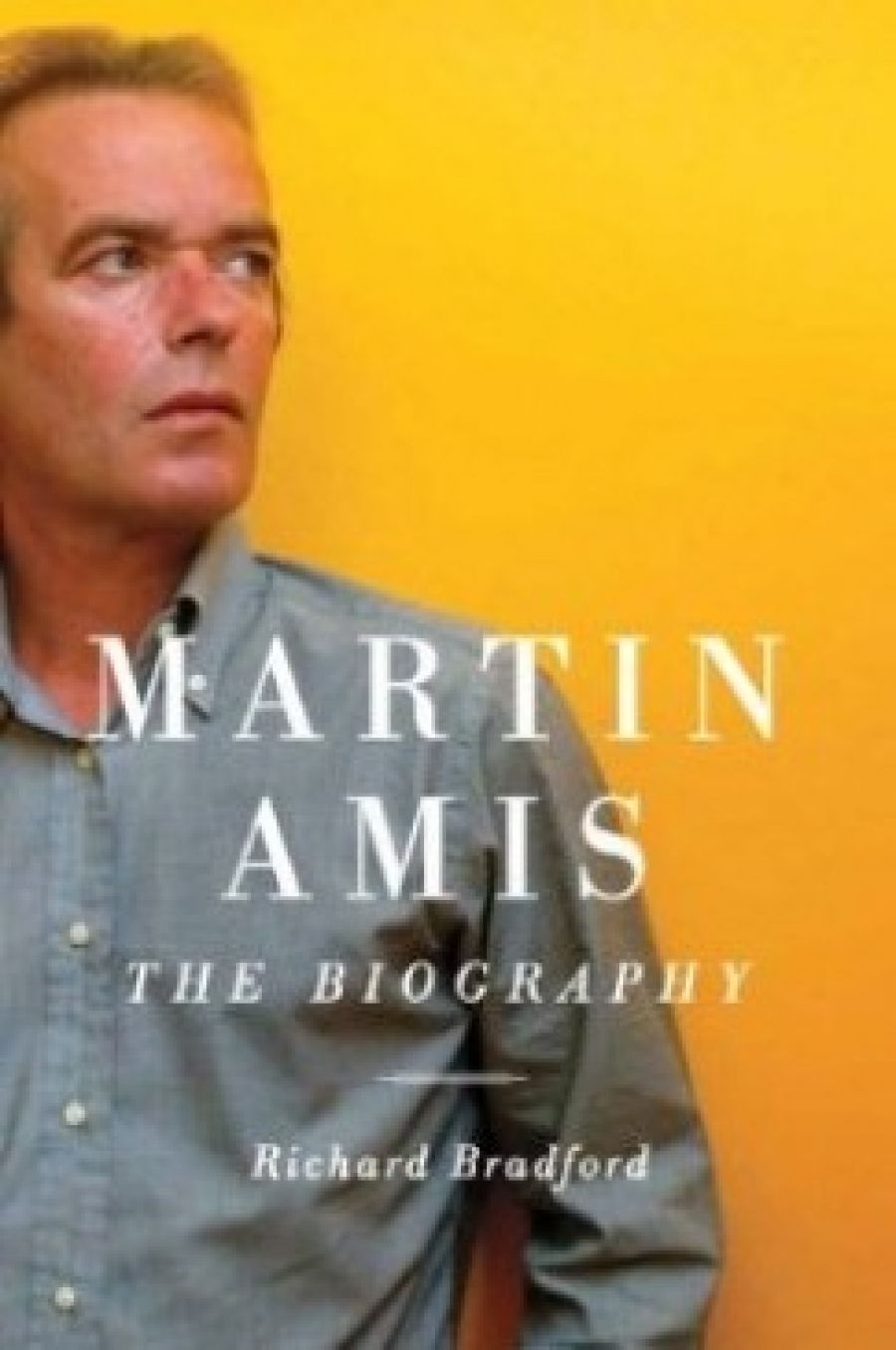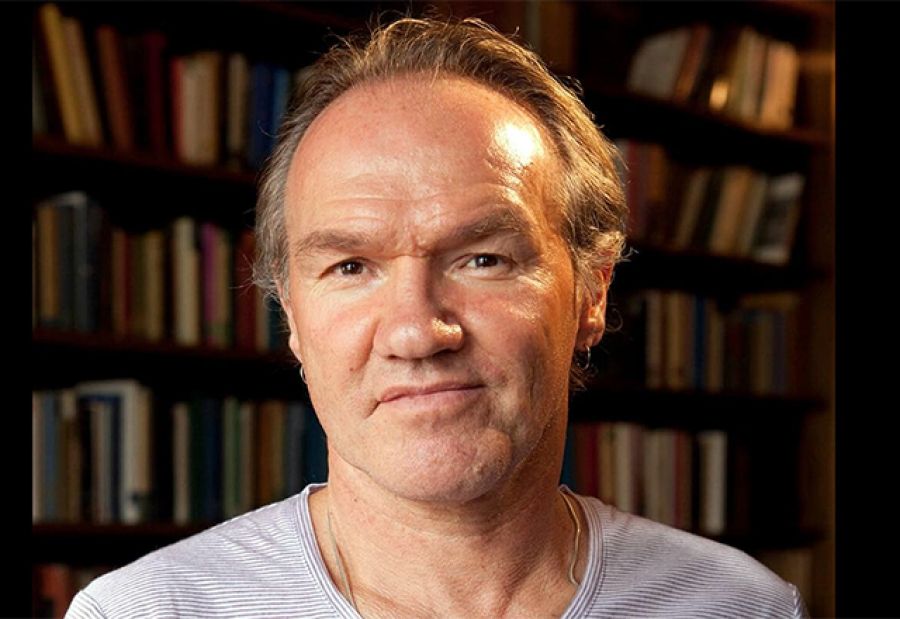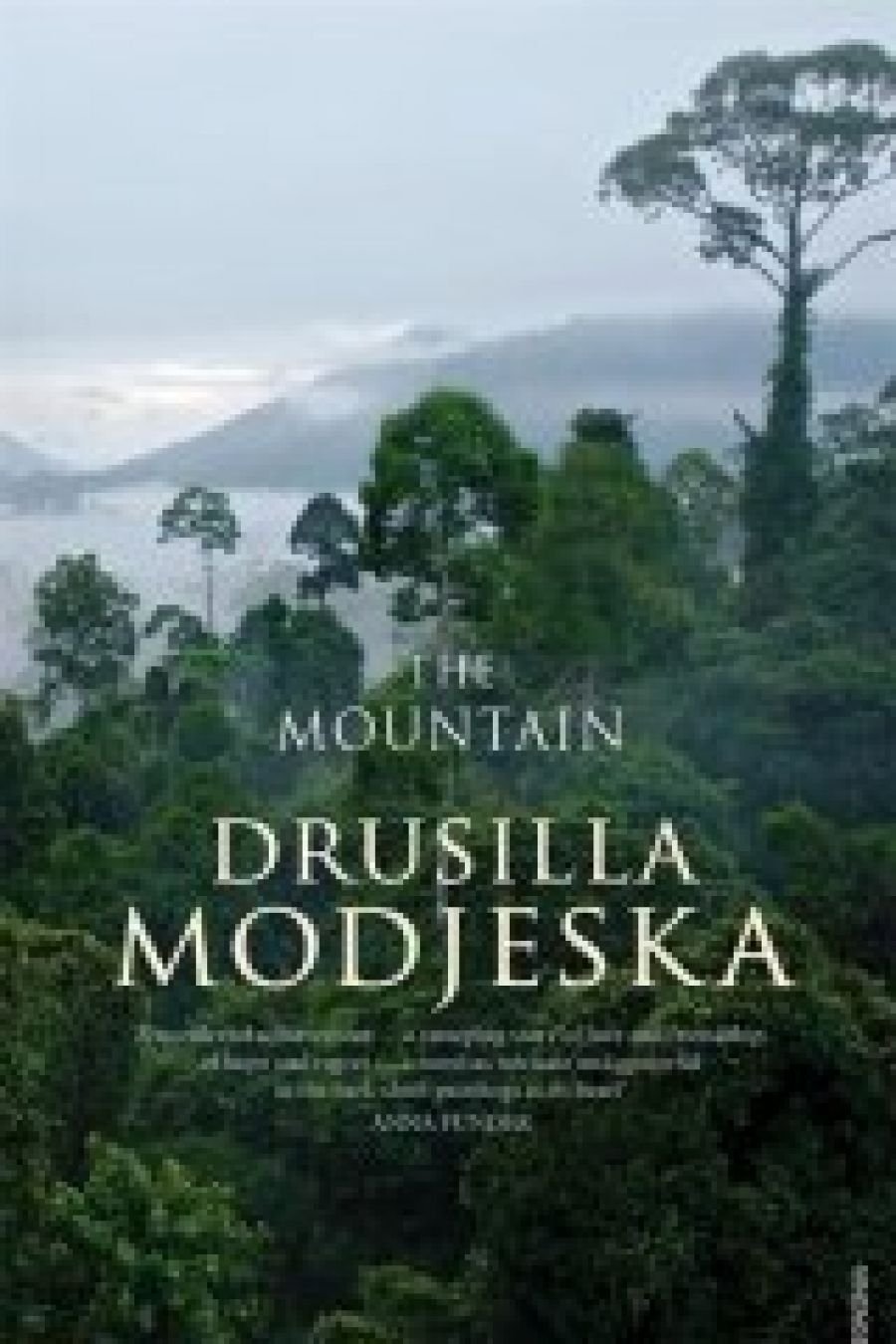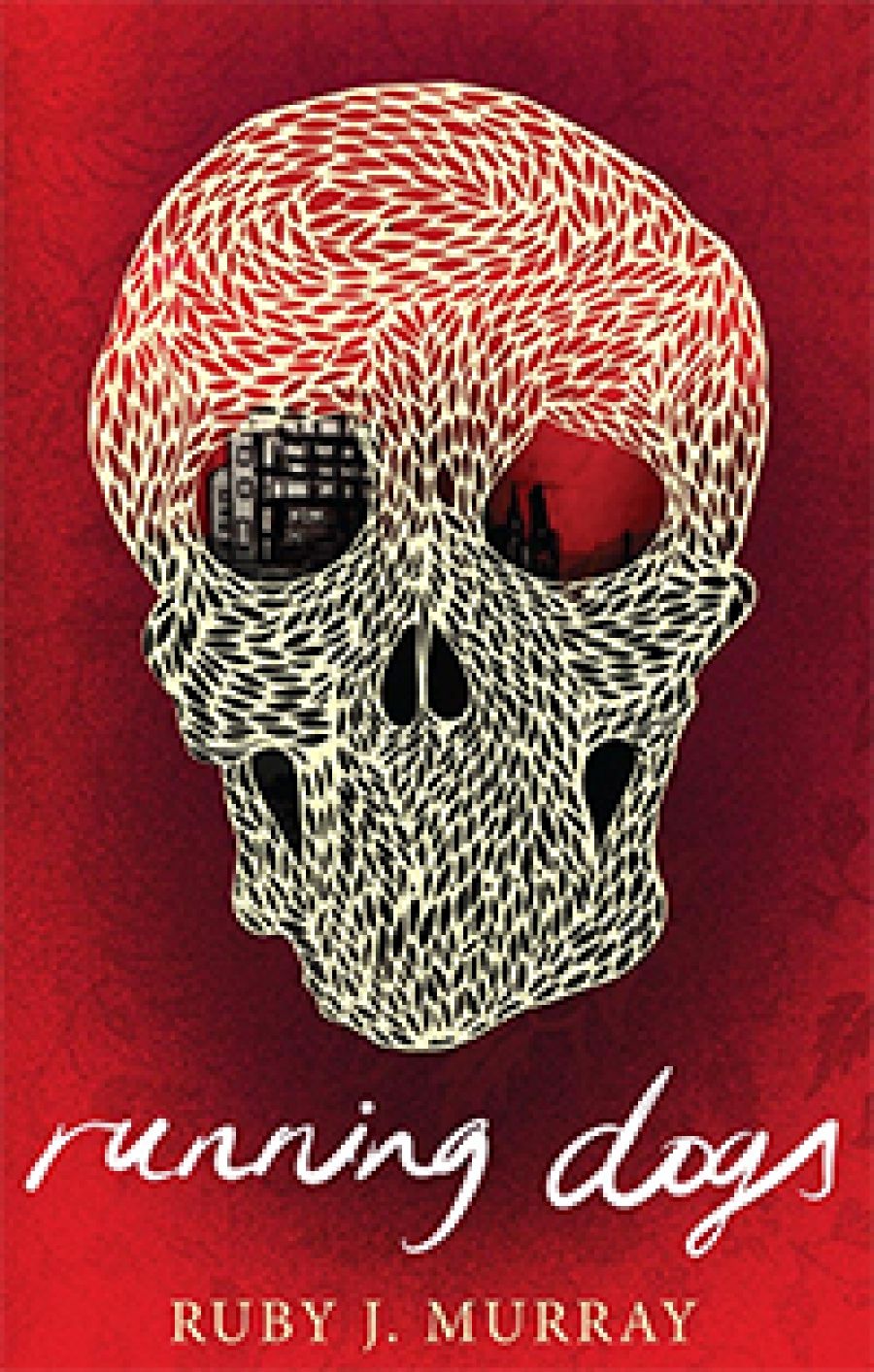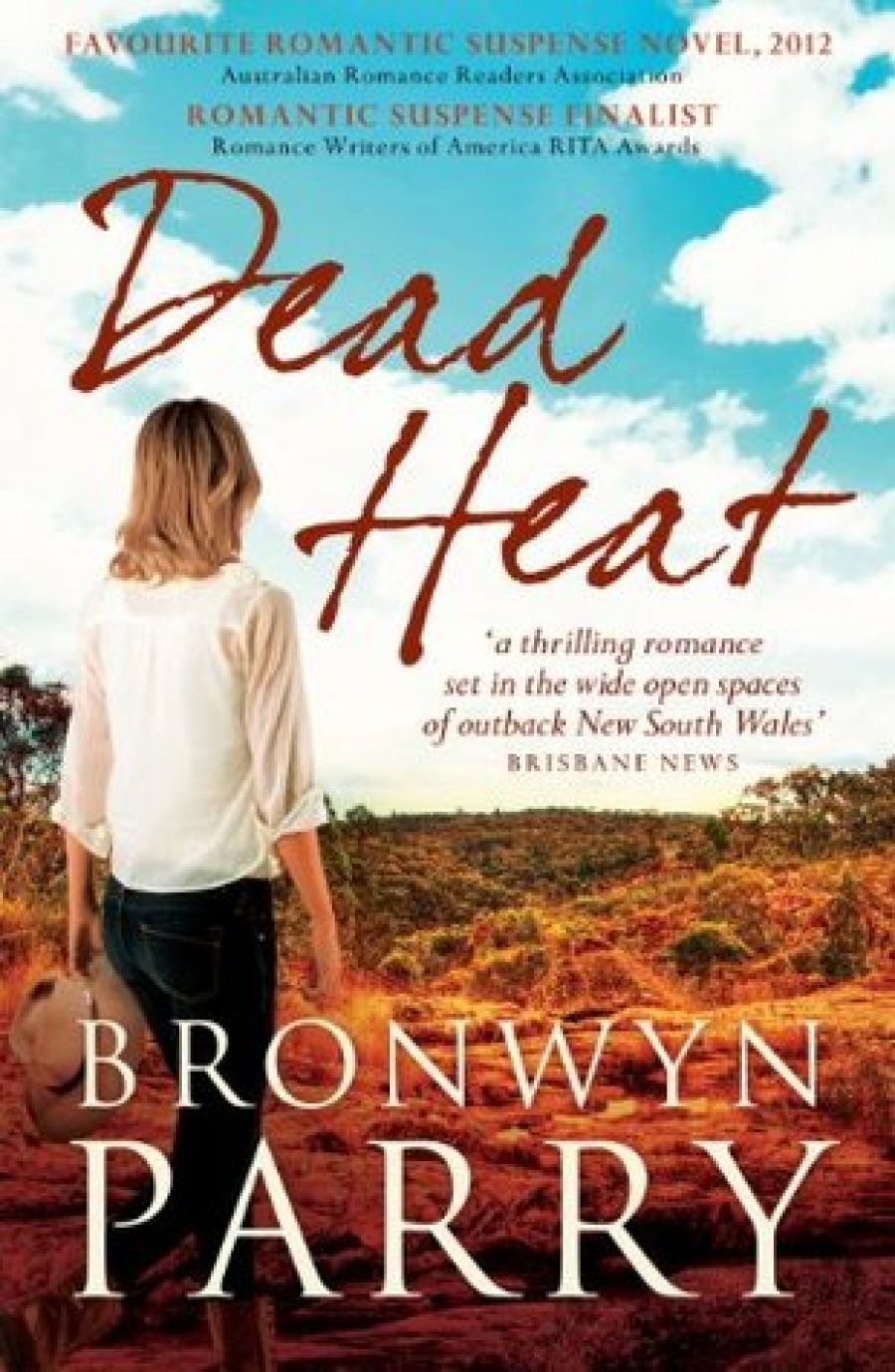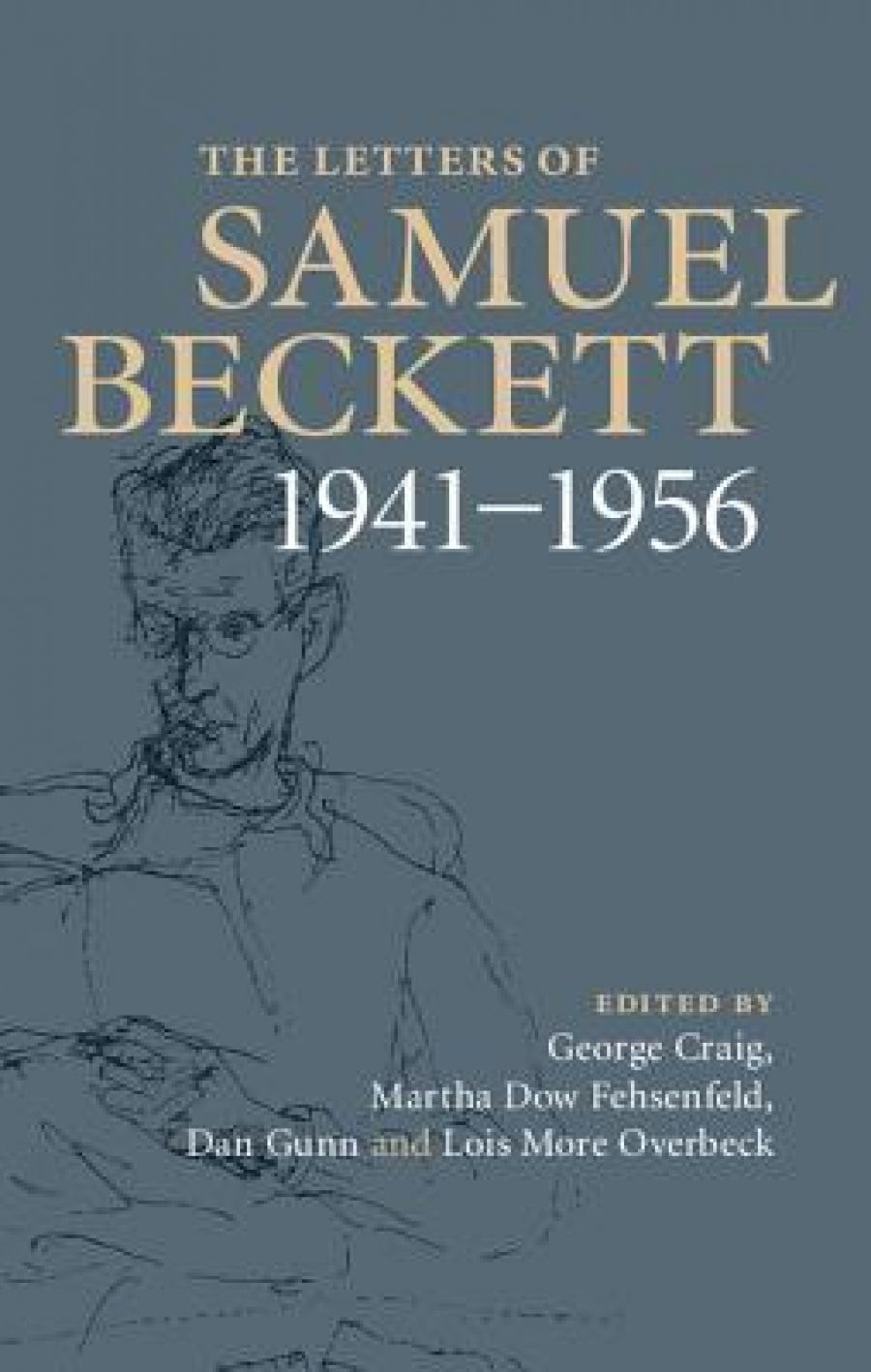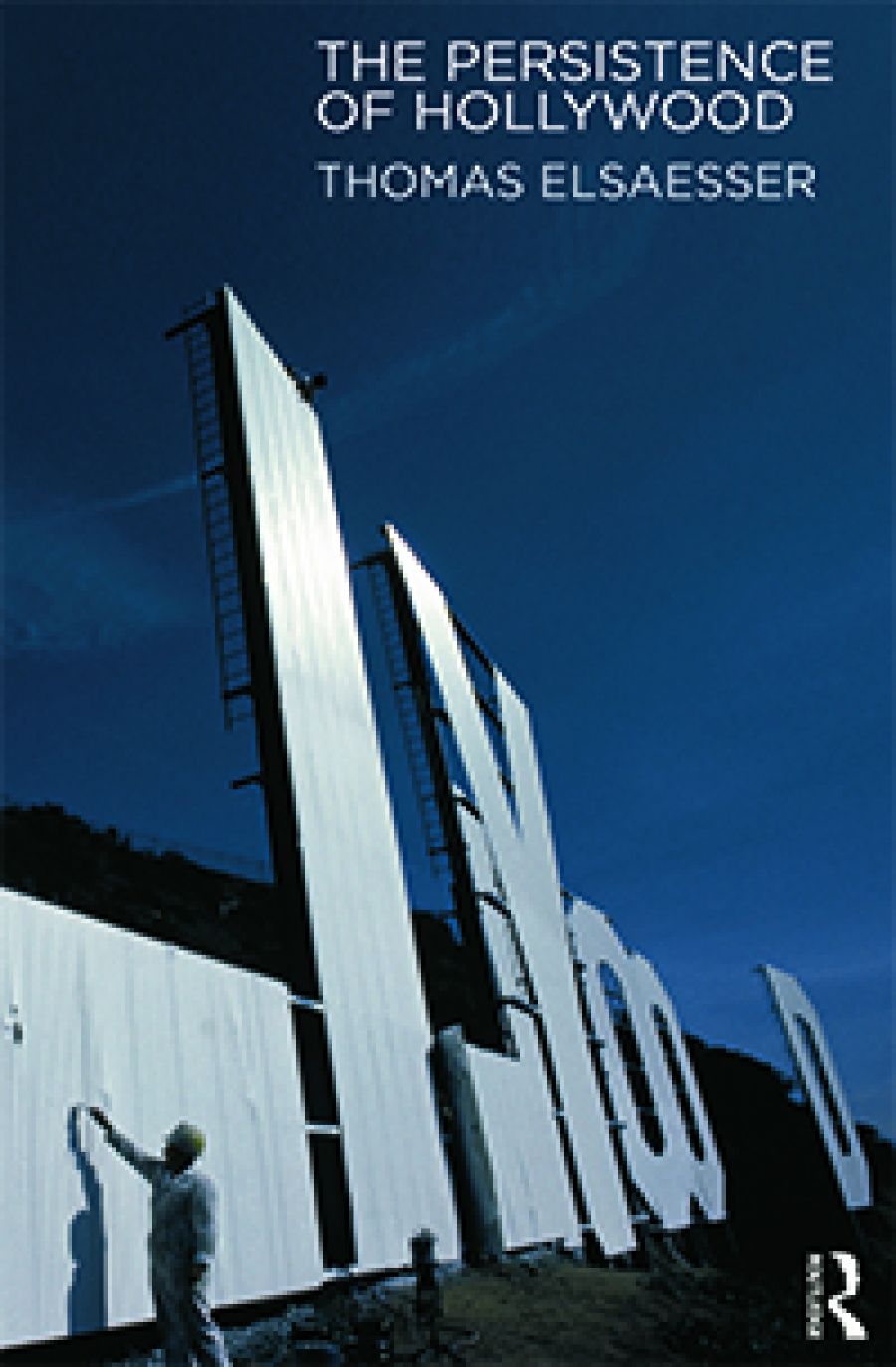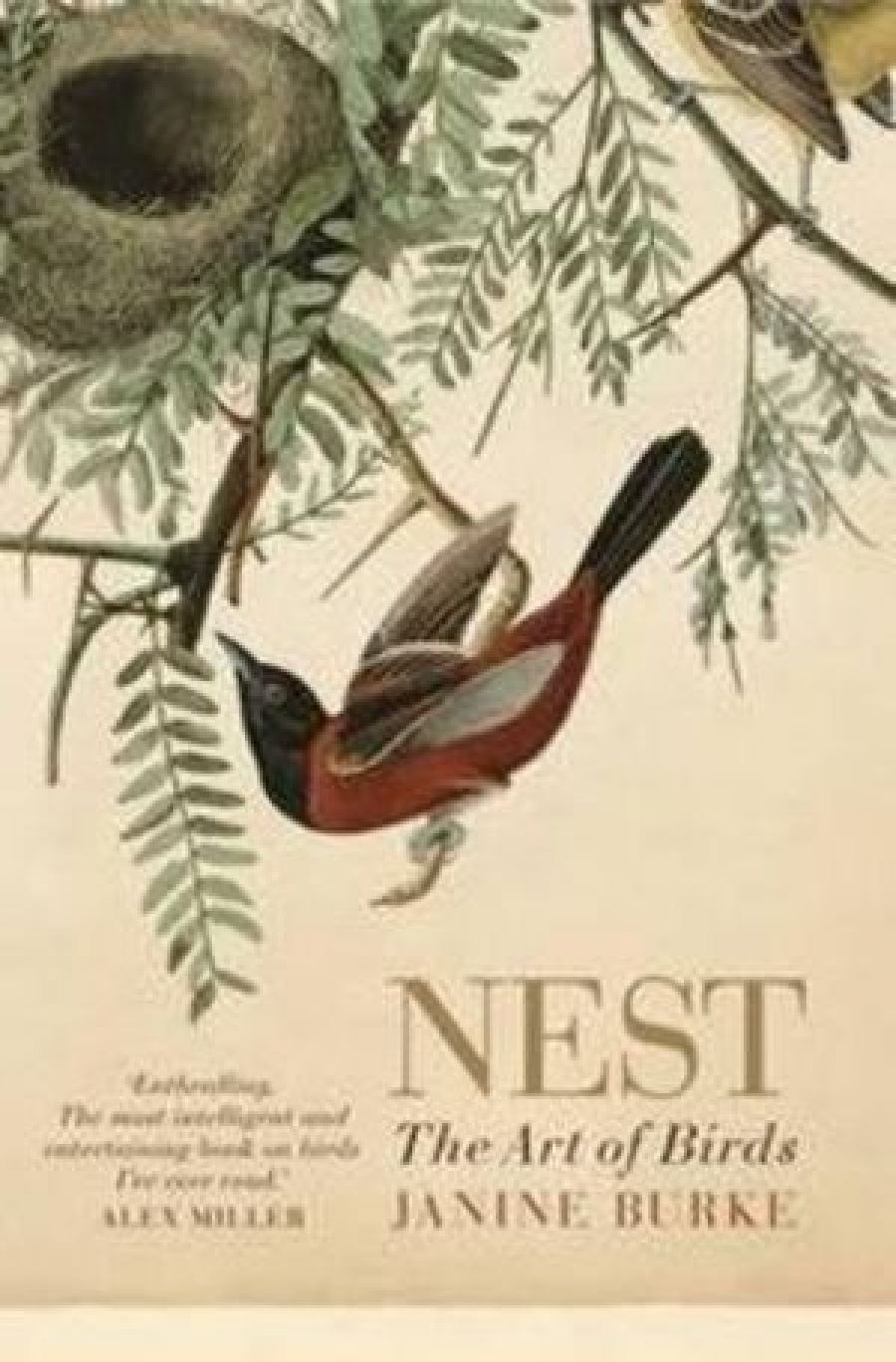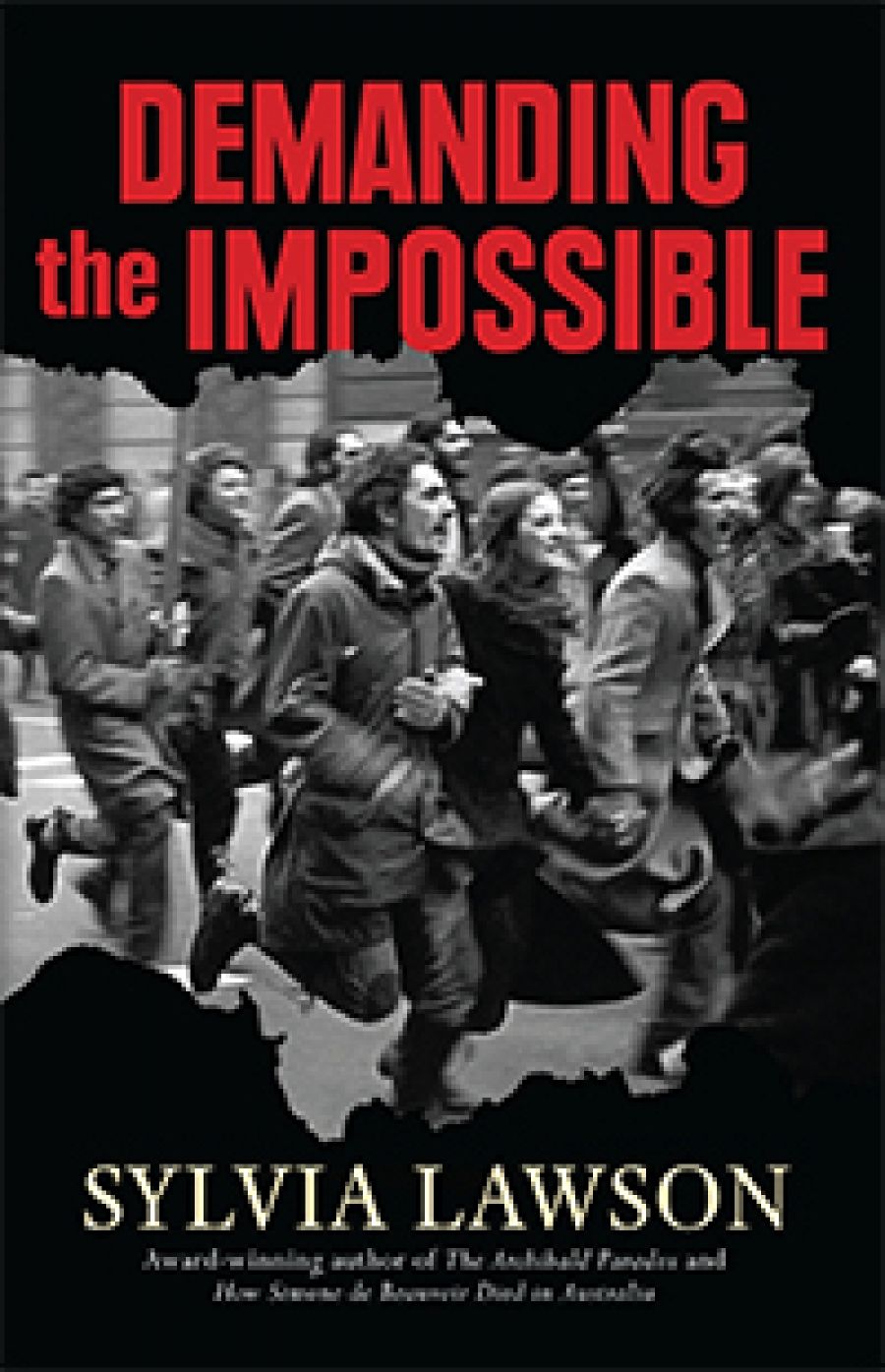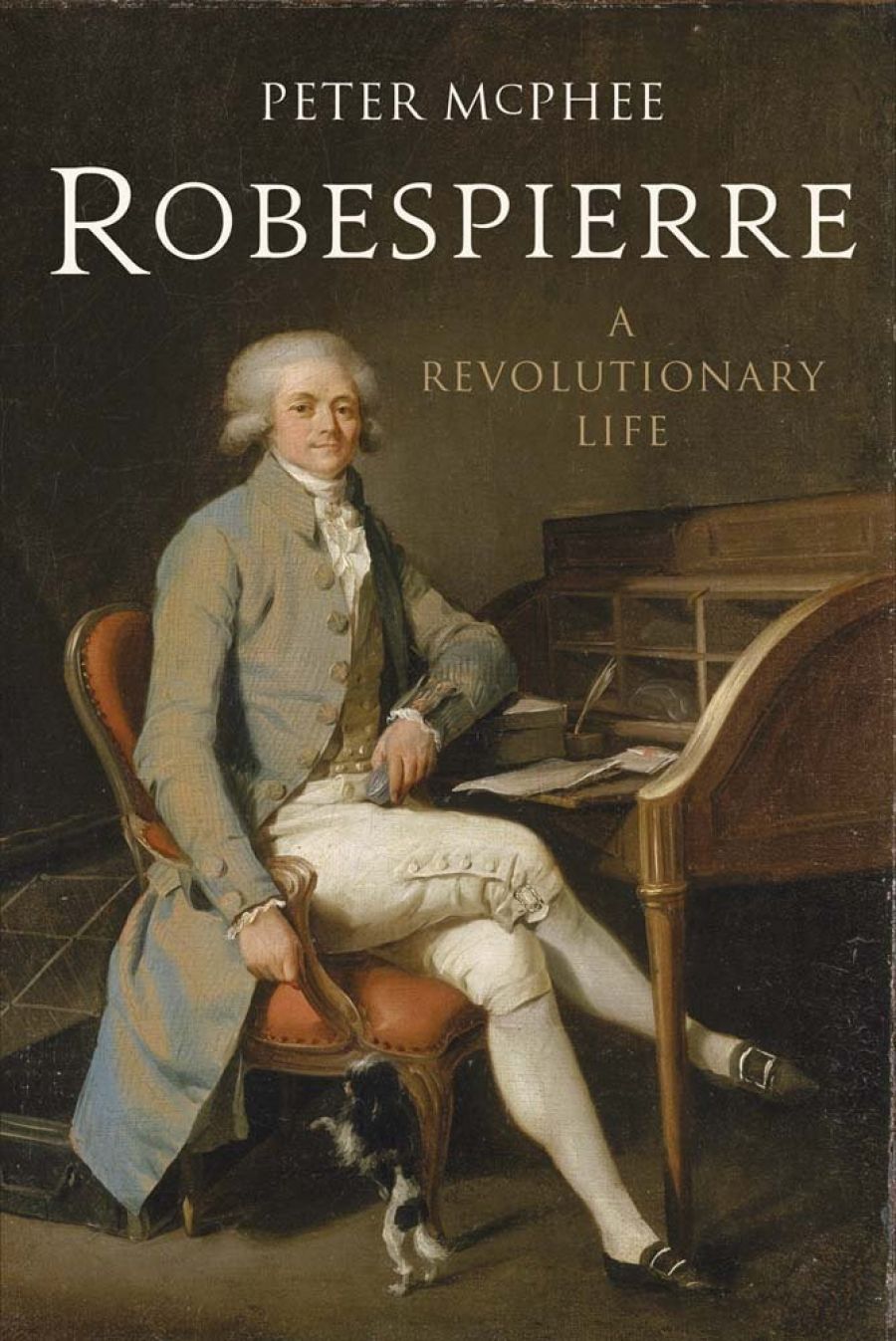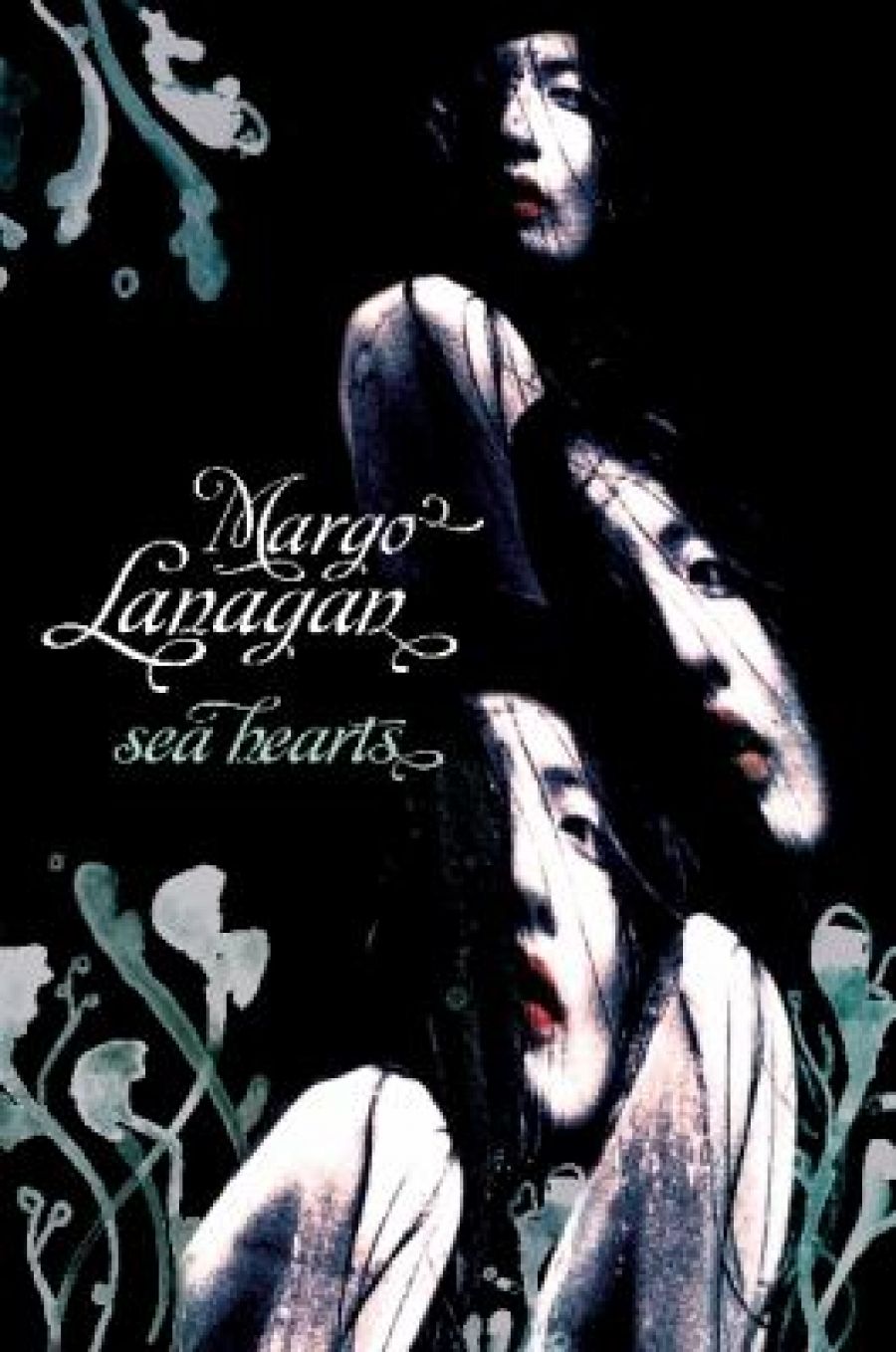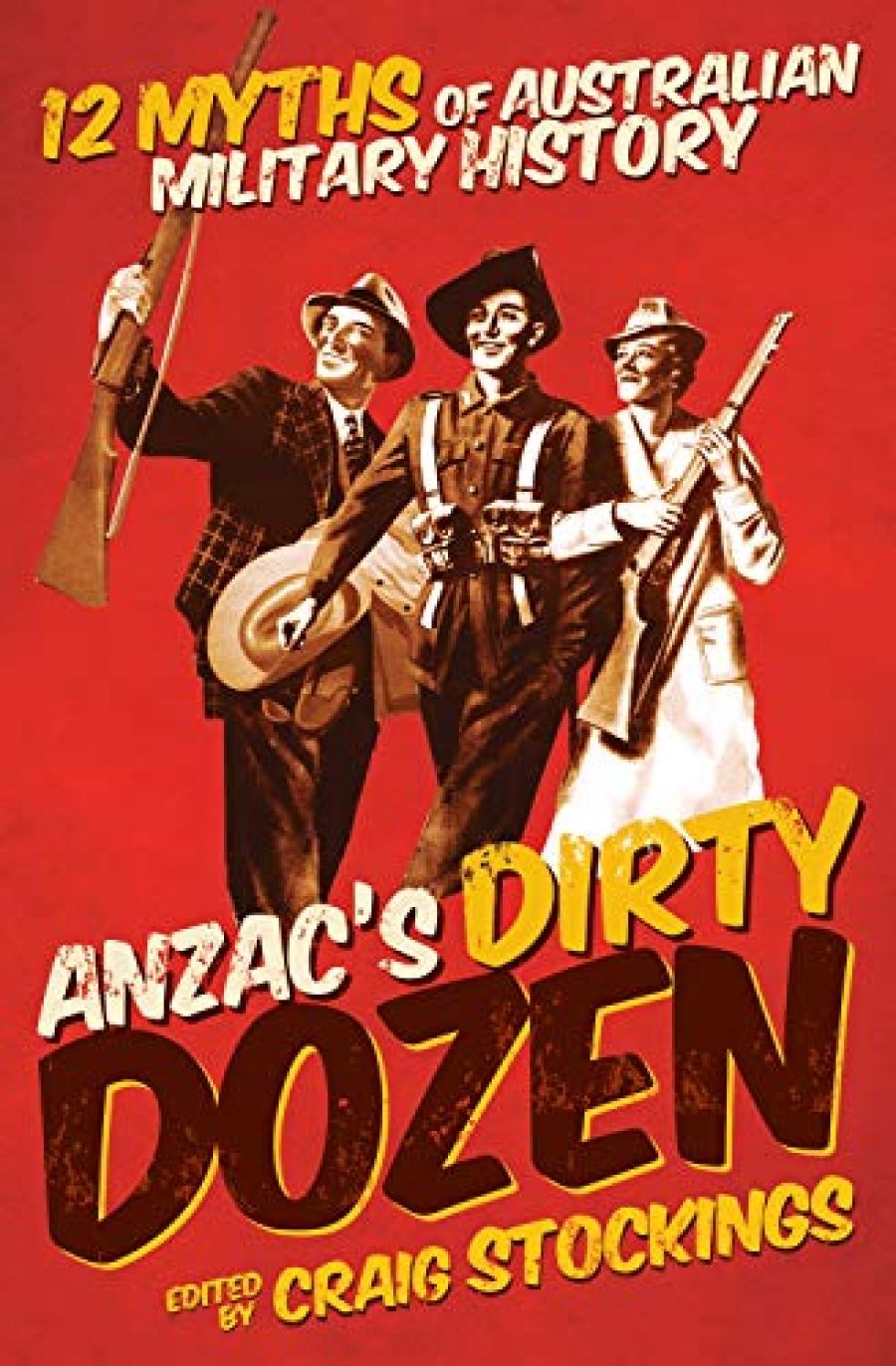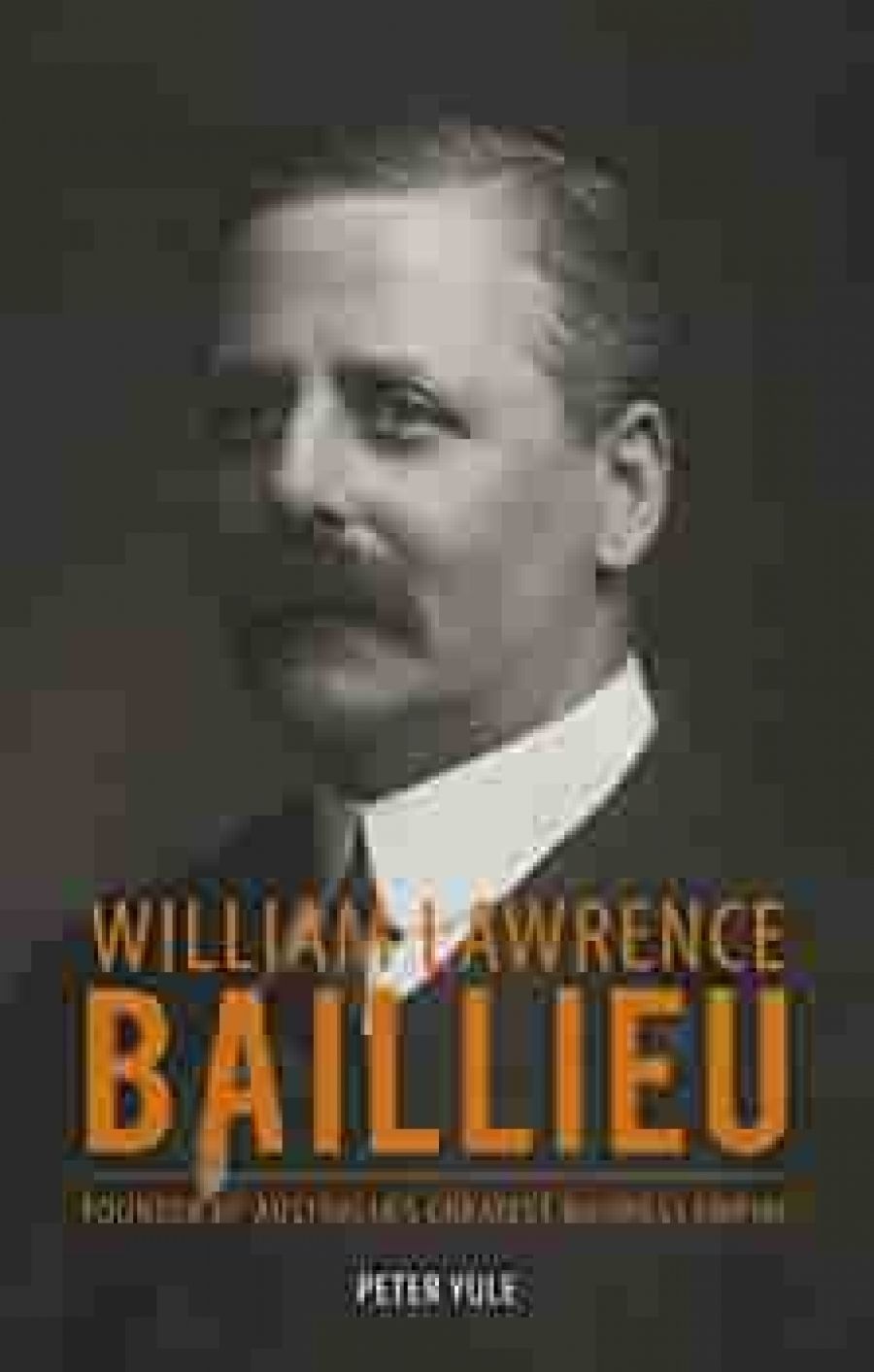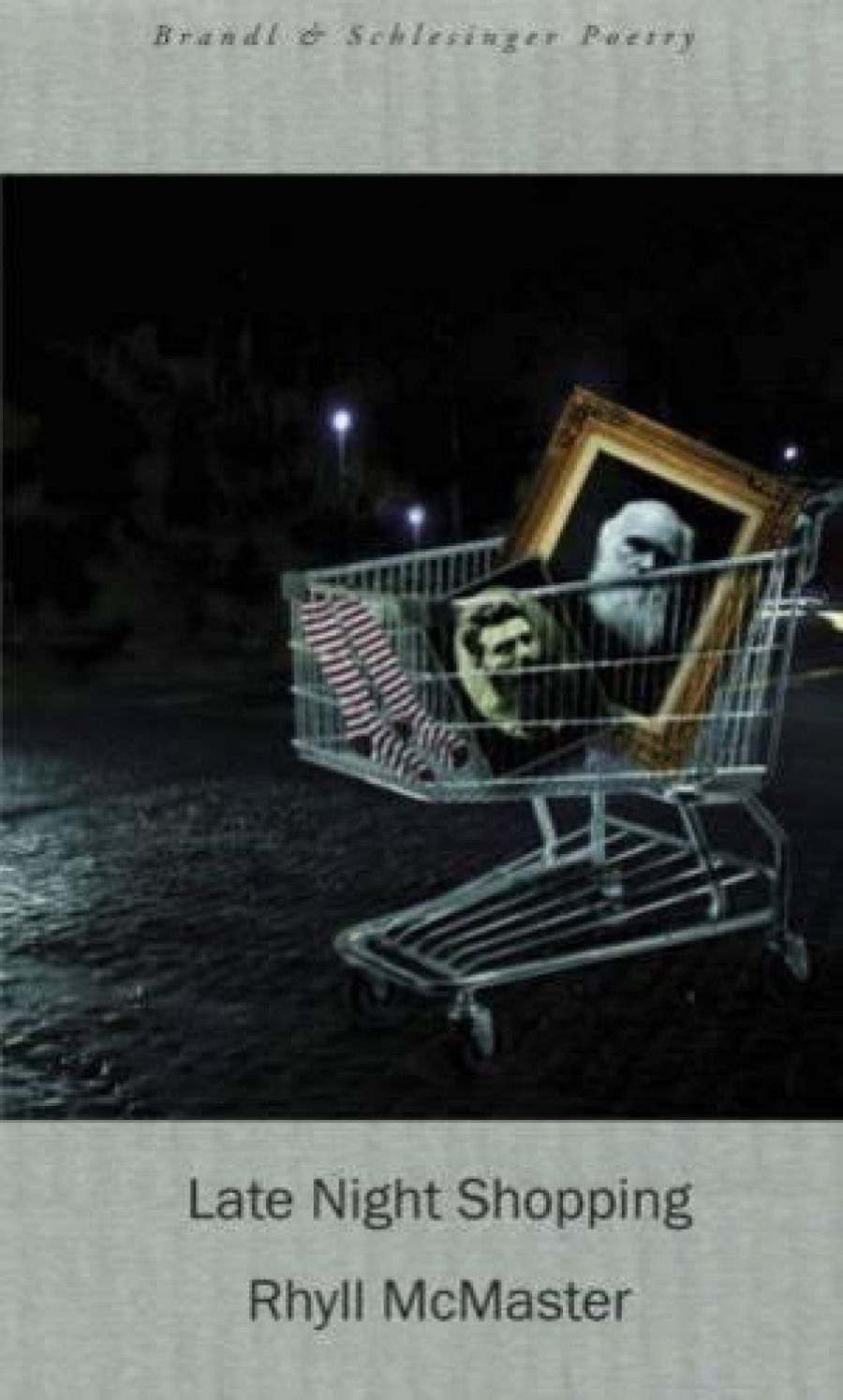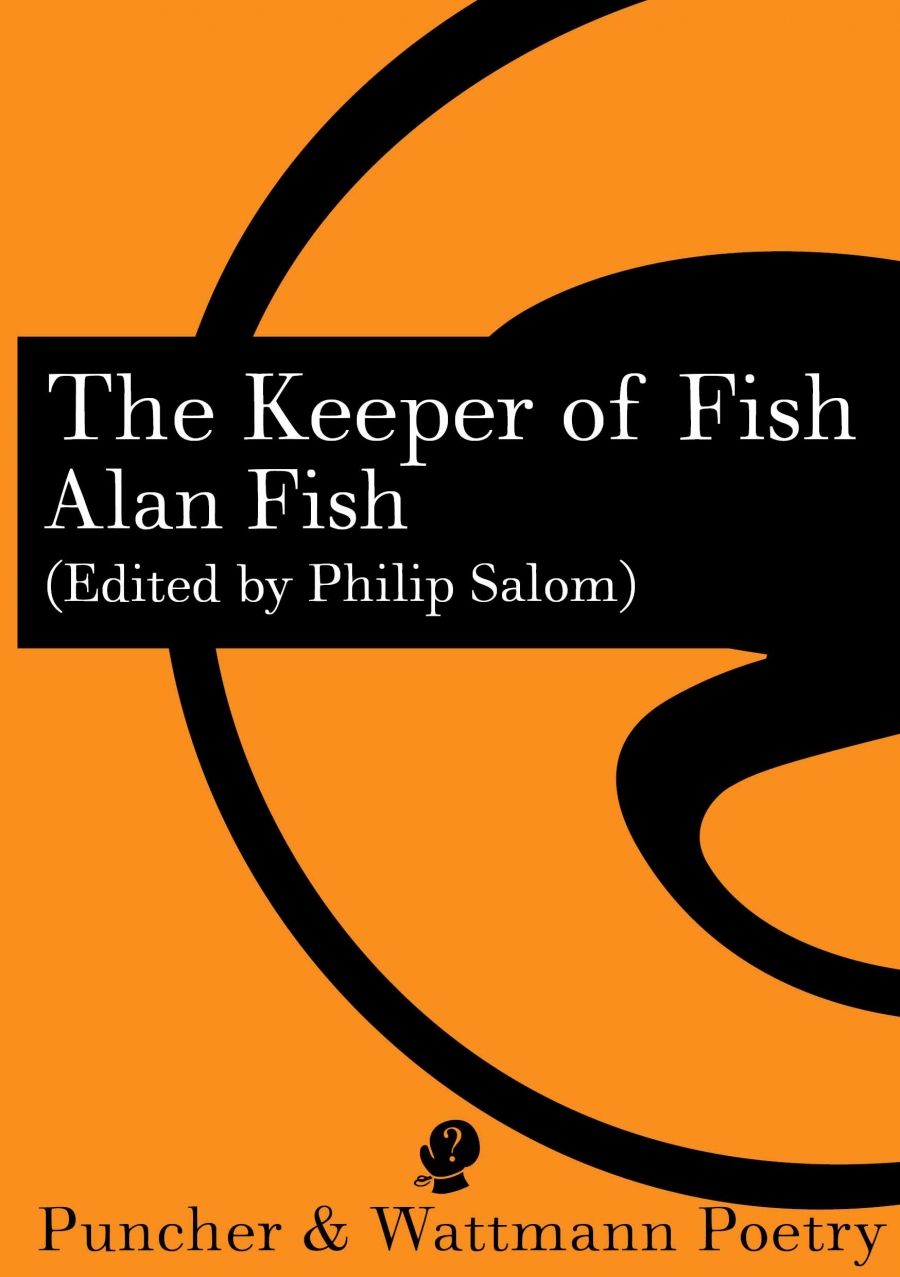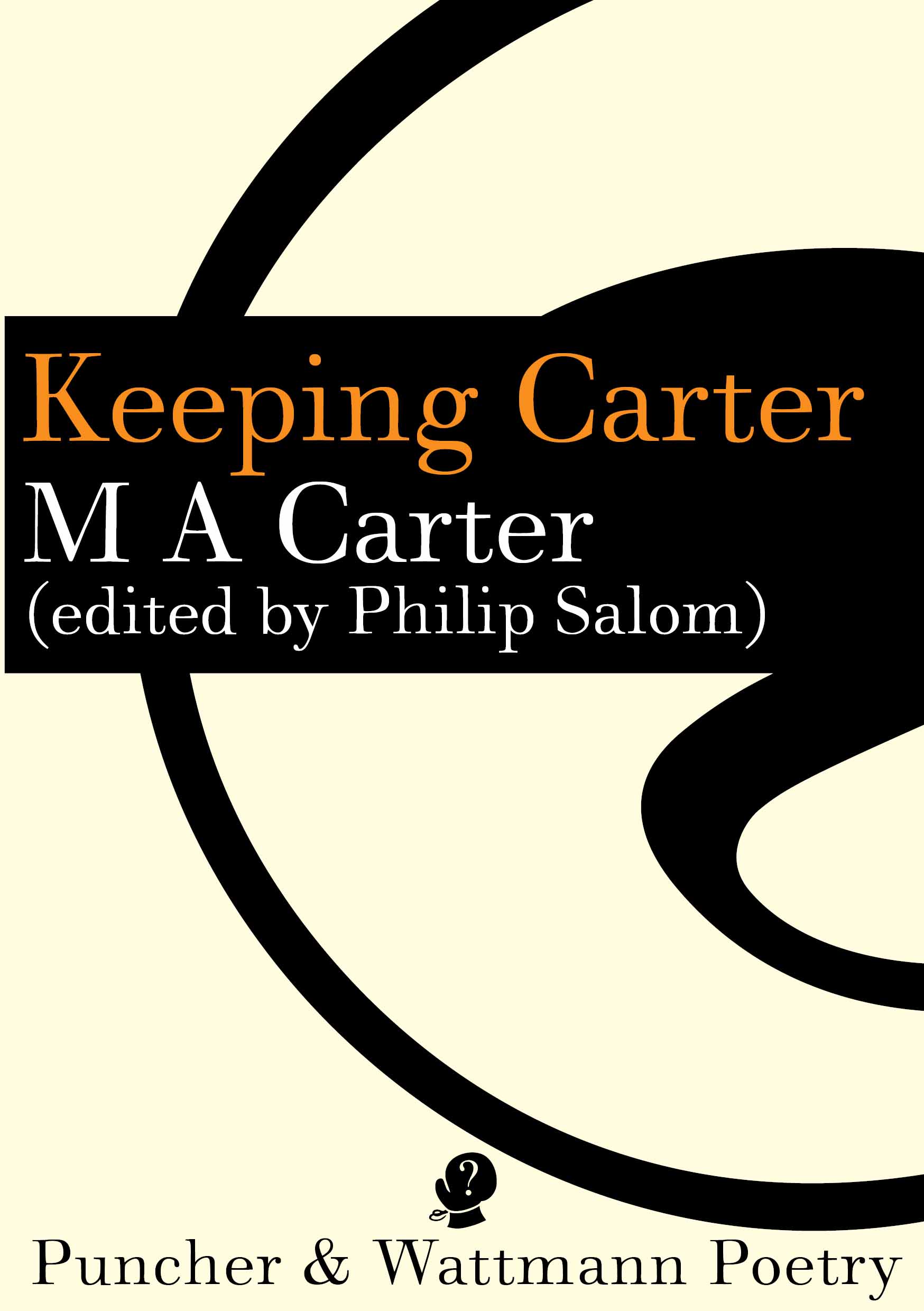In 1981, William Kentridge journeyed from apartheid South Africa to the École Jacques Lecoq in Paris, renowned for its work in improvisation and physical theatre – theatre that creates itself in play. Though Kentridge would become an artist – working in drawing, printing, animation, film, opera, and sculpture – physical theatre and improvisation come closest to the curious magic of his work.
Kentridge, born in 1955, came from no ordinary white South African family. Three of his grandparents were celebrated attorneys. His grandmother was South Africa’s first female judge. His father, Sydney Kentridge, represented Steve Biko. In an interview with Michael Cathcart on Radio National, Kentridge added that being Jewish in a predominantly Christian milieu made him ‘one step removed’ and ‘aware of a different perspective’. Even so, how extraordinary it must have been to go from a police state to a school that encouraged open-ended play. Perhaps that experience suggests why playfulness informs Kentridge’s conception of political art. He has said, ‘I am interested in political art … that is to say an art of ambiguity, contradiction, uncompleted gestures and uncertain endings’.
From Johannesburg, 2nd Greatest City after Paris (1989), you see in almost all of Kentridge’s work a dramatic conflict between two versions of the self: naked, and in public dress. Such dramatic opposition reappears in the etchings Ubu Tells the Truth (1996–97), which Kentridge created to mark the centenary of Alfred Jarry’s play Ubu Roi (1896).Performed in 1970s South Africa, Jarry’s study of despotism served as a commentary on the apartheid régime. Kentridge’s etchings show a sort of blackboard sketch of fat-bellied Ubu – in Kentridge’s description, ‘A schematic drawing of Ubu, in Jarry’s style, with a moustache and a pointed head, wearing a robe with a huge spiral on it.’ Inside each picture of Ubu, however, he shows a naked man, the flesh every-where marked with touches of the artist’s hand. Kentridge based his sketch of Ubu on Jarry’s drawings. He based the nude human on photographs he had taken in his studio of himself. Kentridge has remarked, ‘Those two characters are both part of one brain trying to figure out its relation to the world.’ The two characters also dramatise his experience of South Africa:
It’s a particularly South African phenomenon of the late 1980s and 1990s to have contradictory thoughts running in tandem. You had people rebuilding their homes while simultaneously planning to emigrate. These contradictions work at the internal level in terms of the different views one has of oneself from one moment to the next.
What is remarkable about Kentridge’s work, though, is how he draws this essentially theatrical sense of opposition into his process of creation, and makes that process evident in the finished work. He includes the marks of his hand, the wayward and playful progress of his thought – the naked self.
It is the discovery of political urgency through play that makes Kentridge’s animations so unusual and compelling. To describe his work as animation is at once to tell the truth and to mislead. His animation has nothing in common with the mastered technology of most contemporary animation – nothing in common with the sense of authority and time those works create. In the set of animated films gathered here, 9 Drawings for Projection, Kentridge makes a charcoal drawing and takes a photograph of it; he rubs out some of the picture and adds something; he takes another photograph. The erasures stay in the picture. As a consequence, watching one of his films is not like watching another world as if from the future. It is like watching a drawing come to life before your eyes.
If memory tries to fix a single image – to set, in place of lost time, a monument – Kentridge, through animation, tries to bring the past back to life. In the second of his 9 Drawings for Projection, Monument, Soho erects a statue to commemorate the suffering of others. At the end of film, this statue raises its head and looks out through the screen. This precarious ambition – to remake time not as it came into being, but as it once might have come into being – comes into play again in Kentridge’s video installation Parcours D’Atelier, where he runs films of himself backwards: not casting tomes away but catching them, miraculously, as they rise to his hand; not tearing down his self-portrait but catching and repairing and completing fragments of the image of himself until, completed and freed, his image steps away from the wall into life. These are some of the oddities and wonders that arise when Kentridge brings his theatrical sense of time to film, remaking it not as a self-enclosed illusion but as an illusion taking place magically now, and now.
Kentridge’s work shows the process of its making; even of its dreaming. It shows, alike, its origins in the human body: the idiosyncratic line of his hand, which draws on influences from Hogarth to Manet, Bonnard to Picasso; until the line of his drawing itself suggests how we take possession of what we see. He says:
First, the drawing doesn’t begin as a moral project; it starts from the pleasure of putting charcoal marks on paper. You immediately see two things: a sheet of paper with charcoal dust across its surface, and the evocation of a landscape with a dark sky. There’s a simple alchemy in the transformation of the paper into something else …
With that in mind, the title of this exhibition, Five Themes, is less than helpful. Kentridge has said, ‘The themes in my work do not really constitute its starting point, which is always the desire to draw.’ Throughout the work – even, throughout the accompanying catalogue – Kentridge disrupts and enriches thematic interpretations of his oeuvre. Though wonderfully informative, the essays in the catalogue are characterised by Carolyn Christov-Bakargiev’s comment: ‘Kentridge’s belief in uncertainty as a source of knowledge is reflected in his interest in shadow vision as opposed to direct vision.’ Yet Kentridge persistently upholds uncertainty not as a source of knowledge but as a presence. For instance, in the catalogue he not only introduces each section; he adds a DVD that shows works in progress, and grants an interview where he answers questions twice. His second answers countermand his first: ‘Decisions? There are no decisions’; ‘I don’t remember this at all’; ‘I don’t know what this means’; ‘This is wrong’; ‘This is only half the question’; ‘ I wonder what I meant’; ‘No, I have no memory of saying any of this. It is on the tape, but God knows what I was thinking.’
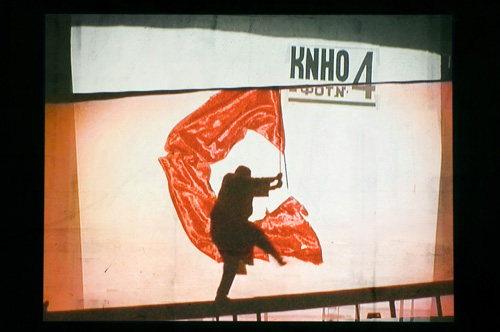 William Kentridge, A Lifetime of Enthusiasm (still), from the installation I am not me, the horse is not mine, 2008, eight-channel video projection, 6:01 min., collection of the artist, courtesy Marian Goodman Gallery, New York, and Goodman Gallery, Johannesburg
William Kentridge, A Lifetime of Enthusiasm (still), from the installation I am not me, the horse is not mine, 2008, eight-channel video projection, 6:01 min., collection of the artist, courtesy Marian Goodman Gallery, New York, and Goodman Gallery, JohannesburgThat is to say, some artists can be as unpleasant as they like and it doesn’t matter. Some artists are as likeable as can be, and it doesn’t matter. But Kentridge is one of those artists whose likeability – whose humorous, conversational, unassuming intelligence and curiosity – is essential to his work. Not that the latter is confessional, but his process is so much part of the work that it conveys the sense of freedom, of choice opening into choice that was part of its making. For that reason, there is far more continuity in the work than a bare description would suggest: from animations set in apartheid South Africa to films of the artist in his studio, from etchings to sculpture, from Kentridge’s sets for The Magic Flute, from an African point of view, to the work arising from his staging of Shostakovich’s opera The Nose: I am not me, the horse is not mine. In all these varied works, the open process of creativity justifies Kentridge’s assertion: ‘In my work the vocabulary and dramatis personae haven’t changed so much.’
Over four decades Kentridge explores the conflict between two kinds of illusion: the wayward, exploratory, self-questioning sort of illusion that art makes; and the sort of illusion that power establishes to perpetuate itself – the illusion that it is created by history and not by human hands. The video installation I am not me, the horse is not mine includes a transcript of some meetings of the plenum of the Central Committee of the Communist Part of the Soviet Union, in which Nikolai Bukharin is trying to justify himself. Bukharin is struggling to speak sincerely. The crowd jeers and laughs at his pleas. Before he was killed, Bukharin wrote to Stalin, ‘Finally I need to know. Did you really believe what was said?’
It is not exactly nostalgia that drives Kentridge’s interest in pre-cinematic devices, but his desire for an art that reflects the process of its own making and for machines that reveal their inner workings. He has said: ‘When I think back to my first art lessons as a child, I remember being given a piece of charcoal.’ Charcoal drawing, shadow play, puppets, magic, tear-ups, cartoons, drawings that come to life: he uses images and activities that hold sway in childhood. In his animations, all around the heroes a series of small domestic metamorphoses take place: cats and phones and smoke and fish keep changing into other things, as though he could reclaim in his art a child’s unco-opted responses; and recover things not as they are in the present but as they were in the beginning, alive with unrealised possibilities. That is to say, the nostalgia in Kentridge’s work is bound up with his interest in politics; and his interest in politics is bound up with his interest in play. He has said, ‘The art that seemed most immediate and local dated from the early twentieth century, when there still seemed to be hope for political struggle rather than a world exhausted by war and failure. I remember thinking that one had to look backwards ...’ Behind this statement, there surely lies Walter Benjamin’s sense of history – the search not for lost time but for lost futures.
William Kentridge: Five Themes, Australian Centre for the Moving Image, 8 March to 27 May 2012. See also the catalogue of the same name, edited by Mark Rosenthal (Yale University Press [Inbooks], $69.95 hb, 264 pp, 9780300150483).

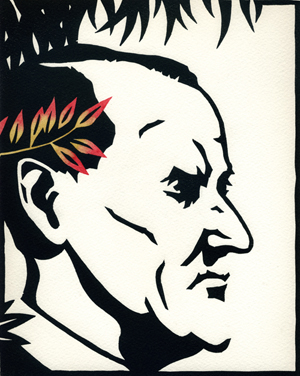
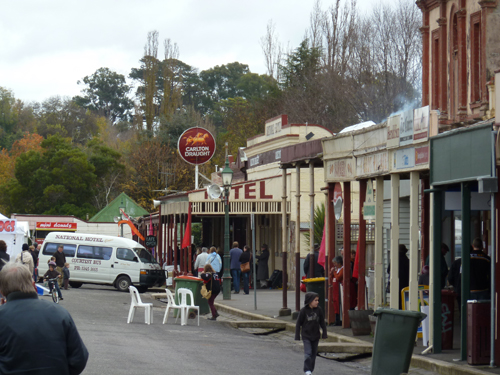
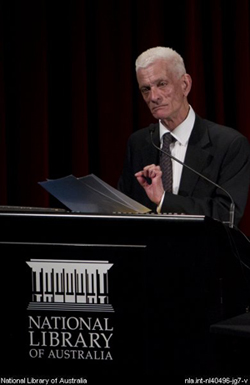 Robert Dessaix’s Seymour Biography Lecture, published in our April 2012 issue, is proving to be one of our most popular features in years. Now readers can listen to ‘Pushing against the Dark: Writing about the Hidden Self’ as it was first delivered by Dessaix, at the National Library of Australia. The podcast is available on our website. In addition, the National Library has made Ian Donaldson’s Australian Book Review 50th Birthday Lecture, also delivered in October 2011, available as a podcast – see www.nla.gov.au/podcasts/talks.html. Robert Dessaix’s podcast is the first of many new audiovisual elements with which we plan to augment our ever-changing website.
Robert Dessaix’s Seymour Biography Lecture, published in our April 2012 issue, is proving to be one of our most popular features in years. Now readers can listen to ‘Pushing against the Dark: Writing about the Hidden Self’ as it was first delivered by Dessaix, at the National Library of Australia. The podcast is available on our website. In addition, the National Library has made Ian Donaldson’s Australian Book Review 50th Birthday Lecture, also delivered in October 2011, available as a podcast – see www.nla.gov.au/podcasts/talks.html. Robert Dessaix’s podcast is the first of many new audiovisual elements with which we plan to augment our ever-changing website.

